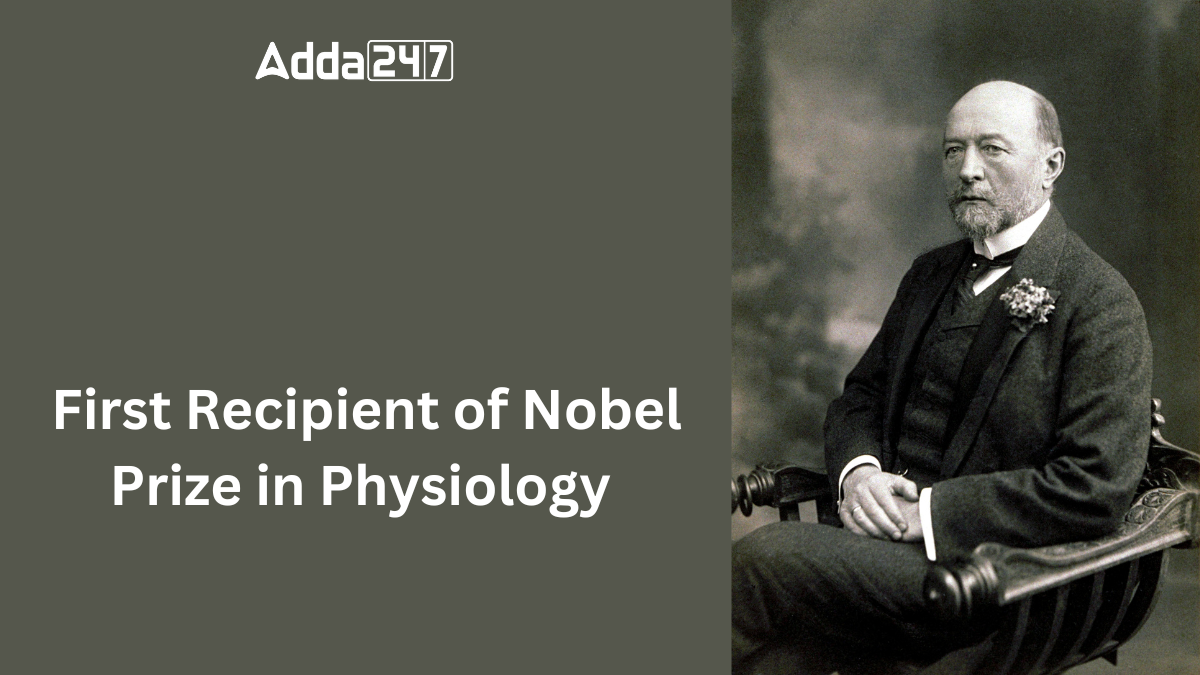Emil von Behring, born on March 15, 1854, in Prussia (now Poland), is celebrated as the first recipient of the Nobel Prize in Physiology or Medicine in 1901. His pioneering work in developing the diphtheria antitoxin revolutionized medical treatment and saved countless lives, especially among children.
Early Life and Education of Emil Von Behring
Behring grew up in a large family with 13 siblings. His father was a schoolmaster, which influenced his early interest in education. He studied medicine at the Kaiser-Wilhelm-Akademie in Berlin from 1874 to 1878. His background in military medicine and experiences in various medical fields, including ophthalmology, laid the groundwork for his future discoveries.
Major Medical Contributions
In 1890, Behring, along with Kitasato Shibasaburō, discovered antitoxins for diphtheria and tetanus. They injected animals with toxins, leading to the development of antibodies that could treat these deadly diseases. This innovative work established the foundation of serum therapy, which aimed to induce immunity in patients.
Despite initial setbacks in human trials for the diphtheria antitoxin, Behring achieved success by 1894, marking a turning point in treating infectious diseases. He also explored vaccines for tuberculosis, striving to find protective agents for humans.
Nobel Prize and Professional Recognition
Behring was awarded the first Nobel Prize in Physiology or Medicine in 1901 for his groundbreaking serum therapies. In 1904, he founded Behringwerke in Marburg to produce vaccines and antitoxins, further contributing to public health. His influence in medicine was recognized when he received the Cameron Prize for Therapeutics from the University of Edinburgh in 1894.
Controversy in Collaborative Research
Despite his successes, Behring’s career was marred by controversy. He faced allegations of cheating fellow researcher Paul Ehrlich out of credit and financial rewards for their collaborative work on diphtheria serum. This rivalry complicated Behring’s legacy, though Ehrlich later won the Nobel Prize in Medicine in 1908.
Personal Life and Legacy of Emil von Behring
On December 29, 1896, Behring married Else Spinola, with whom he had six sons. He spent much of his later life in Marburg, where he passed away on March 31, 1917. His name lives on through various institutions, including CSL Behring and the Emil von Behring Prize, the highest endowed medical award in Germany.




 Which Glacier is the Source of the Brahm...
Which Glacier is the Source of the Brahm...
 Which City of Germany is Known as the Gr...
Which City of Germany is Known as the Gr...
 Which Peak is Known as the Five Treasure...
Which Peak is Known as the Five Treasure...







